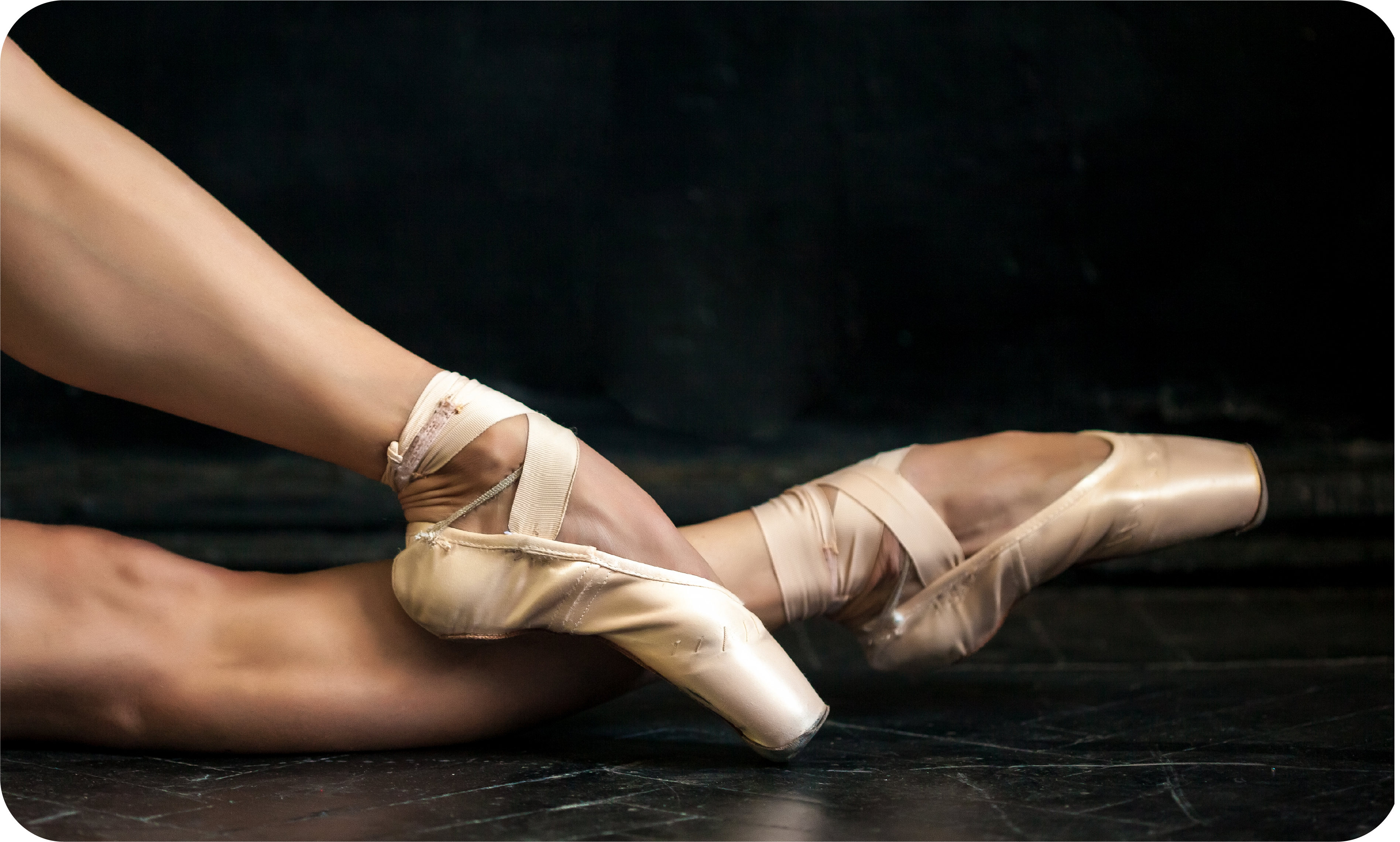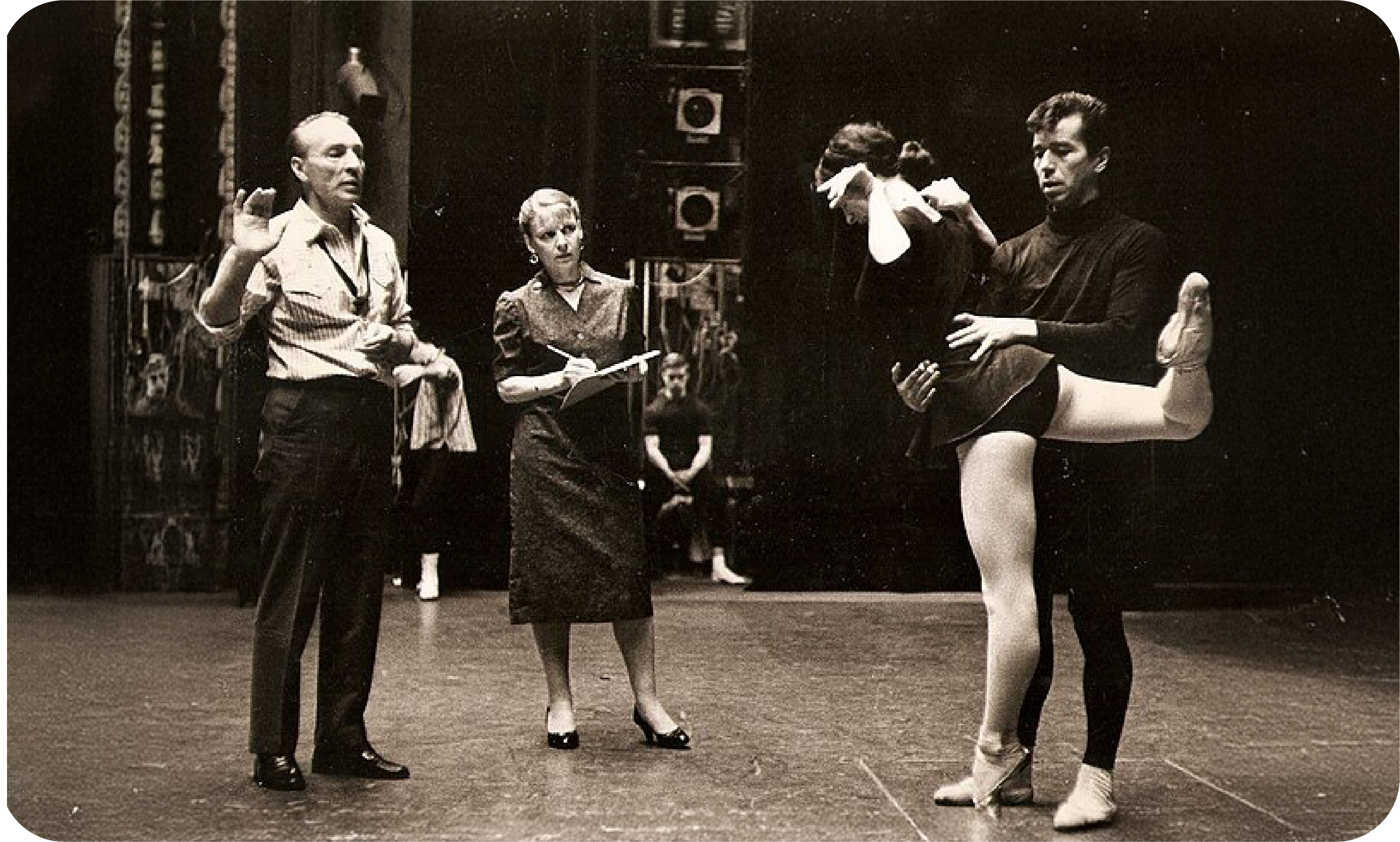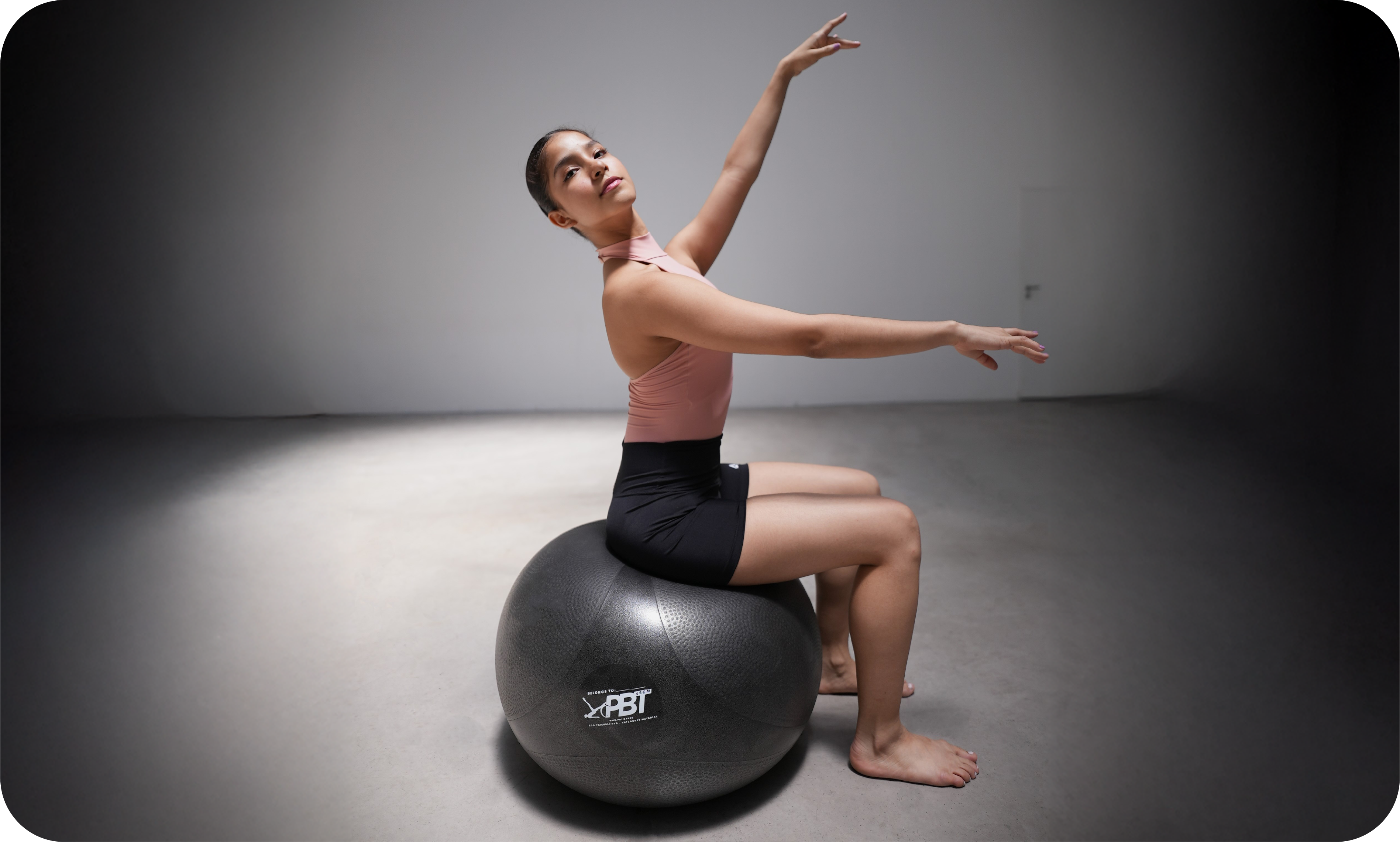Evolution of Female Roles
Typically when one is asked to describe ballet, they will recall the image of a petite female dancer prancing elegantly around on her tippy toes - a vision perfectly encapsulated by George Balanchine’s declaration ‘Ballet is Woman’. Indeed ballet is indisputably synonymous with the grace, sensitivity and fragility often exhibited or at least attributed to women, but have women ever been able to claim it as theirs? Have women had a say in altering, changing, and developing their art form? Reacting to years of the same damsel in distress narrative, female choreographers, directors, dancers and composers are redefining what ballet is. Ballet is no longer just woman but for women, by women and with women.
Where Ballet Began
We journey back in time to the Italian renaissance courts: a spectacle of colours, elaborately dressed noblemen and women in extremely restrictive clothing. There ballet began, though it wasn’t until Italian noblewoman Catherine de Midici, brought ballet to the French courts that its popularity accelerated. By funding performances, the wife of King Henry II of France, encouraged a collaboration of poetry, song and dance, one that would be in full force centuries later.
Sadly, Catherine’s influence is often forgotten, overshadowed by dancer and male King of France, Louis XIV. Louis’ reign saw the codification of ballet and the opening of the first ballet institution in 1661: Académie Royale de Danse.
Dancers on Pointe

In the 1800s, the restrictive clothing of the French courts was swapped for a billowing tulle skirt, allowing for more and freer movements. Shoes too evolved, with dancers removing their heels, creating a flatter and more opportunistic surface upon which to dance.
Then came pointe work. In 1832, Marie Taglioni danced the entirety of the Romantic Ballet La Sylphide (en) pointe, embodying the ethereal, other-worldly female ballet dancer. Though dancers caked in blisters may rue the day such an invention was introduced, Marie must be applauded for her role in the evolution of dance, offering dancers a distinctively feminine skill and means of artistic expression: pointe work.
Balanchine's Influence

By the end of the 19th century, women, at least on stage, had dominated the ballet world, taking the spotlight in new iconic roles such as The Nutcracker (1892). Overseas too in the USA, the boundaries of ballet had begun to be pushed as Balanchine sought to make his name on the world stage. Producing masterpieces like Serenade (1935) and Symphony in C (1947), Balanchine challenged female dancers with fast, intricate pointe work, once again showcasing their skill and tenacity with uniquely feminine steps. Some two years later in 1949, Prosper Mérimée’s fiery and sultry novella, Carmen, was adapted into a ballet.
The Femme Fatale

Up to this point, the icon of the femme fatale had been present but had not declared itself so aggressively. The ballet Carmen appeared to empower the female protagonist only to crush her at the end, highlighting her free and spirited nature as the cause of her demise.
A similar narrative of female seduction and obsession had been told before and would be retold again in the ballets Le Jeune Homme et la Mort (1946), Swan Lake (1877) and Manon (1974). Under the guise of liberation and acceptance, female dancers were forced to tell the age old story: women who were independent, powerful or ambitious were dangerous, dishonest and destructive.
Challenging Traditions
Ballet is powerful, beautiful and enrapturing, rooted in its unwavering traditions. It therefore seems that criticising the culture or traditions of ballets and the traditional yet outdated stories they tell would be somewhat blasphemous. This is not true. We as artists, as spectators, and as humans can appreciate the beauty and history of something whilst also recognising it as history: a story that is ‘his’ not ‘hers’ and belongs in the past.Whilst preserving classical repertoire, it is the duty of choreographers to tell a new empowering story- one that is true, modern, complex and faithful to the teller.
In 2017, the Royal Ballet’s Kristen McNally did just that when she choreographed a duet for two female dancers, aptly named 'Duet'. The piece wonderfully demonstrated the tenderness yet strength of women in what was a simple yet powerful message of female solidarity.
Empowering Women

Importantly, empowering women doesn’t just happen on stage. At PBT, we are committed to giving women the strength and knowledge needed to progress as dancers and as artists. As more and more choreographers recognise the capabilities and talent of female dancers, the roles they are required to play are becoming increasingly demanding. Supplementary training is therefore crucial to ensuring that women can meet these demands whilst remaining healthy and injury-free. PBT’s targeted exercises improve posture, correct alignment and enhance technique, supporting women all around the globe.
Sign up to our newsletter
Receive tips, news, and advice.